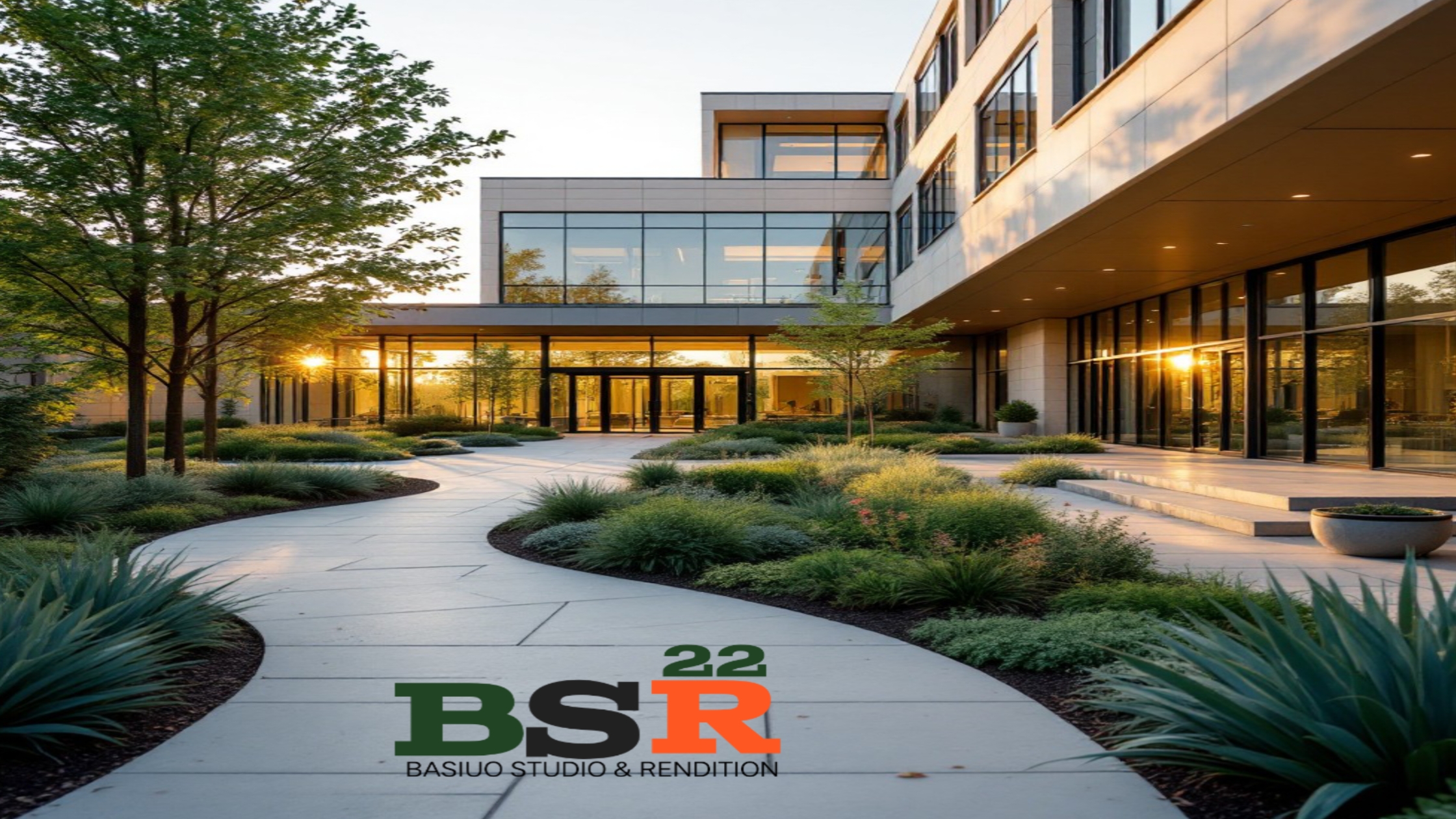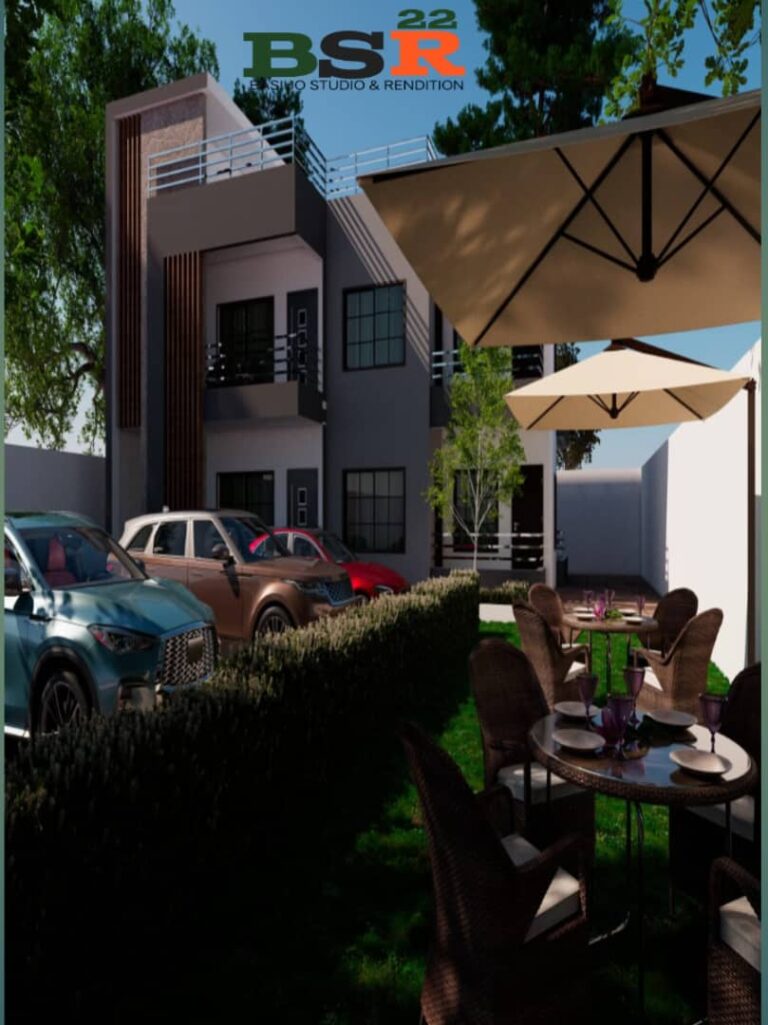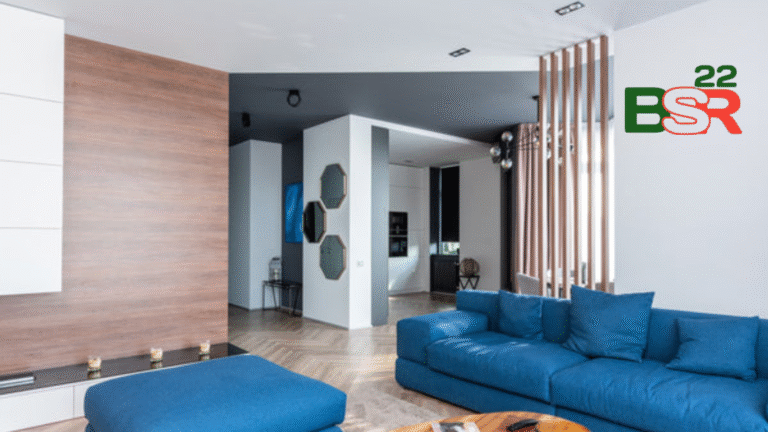
Biophilic Architecture: Connecting Homes with Nature for a Healthier Living Environment
Introduction
The modern world has seen rapid urbanization and technological advancements, leading to more people living in high-rise buildings and densely populated cities. As a result, many individuals have become disconnected from nature, spending most of their time indoors under artificial lighting and ventilation. This disconnection has led to increased stress, anxiety, and health issues.
To counteract these negative effects, architects and designers are increasingly turning to biophilic architecture—a design philosophy that integrates natural elements into built environments. This approach goes beyond simple aesthetics; it fosters a deeper connection to nature, promoting well-being, mental health, and sustainability.
In this article, we will explore biophilic architecture, its principles, benefits, and practical ways to integrate natural elements into home design.
What is Biophilic Architecture?
Biophilic architecture is an innovative design concept that brings nature into living spaces by incorporating natural materials, extensive natural lighting, indoor gardens, and ventilation strategies that mimic outdoor environments. The goal is to enhance well-being, productivity, and overall quality of life by creating a harmonious relationship between humans and nature.
Biophilic design is based on the idea that humans have an innate connection to nature, a concept known as “biophilia.” This theory, introduced by biologist Edward O. Wilson, suggests that people thrive in environments that incorporate natural elements such as plants, water, sunlight, and organic textures.
Key Principles of Biophilic Architecture
Biophilic architecture is more than just adding a few plants to a space; it is a holistic approach to designing homes that incorporate nature at multiple levels. The following are the key principles of biophilic design:
1. Natural Light and Ventilation
Maximizing natural light reduces the need for artificial lighting, lowers energy costs, and improves mood. Proper ventilation mimics natural airflow patterns, creating a healthier indoor climate.
2. Indoor Gardens and Green Walls
Bringing plants indoors enhances air quality, increases humidity levels, and creates a more calming and refreshing atmosphere. Green walls (vertical gardens) are an excellent way to integrate nature into modern homes.
3. Natural Materials and Textures
Using wood, stone, bamboo, and other natural materials enhances the connection to nature while reducing the environmental impact of synthetic materials. Textures that resemble natural patterns, such as tree bark or flowing water, also enhance the biophilic effect.
4. Water Features
Water has a calming effect on the human mind. Incorporating indoor water features like small fountains, reflecting pools, or aquariums can reduce stress and promote relaxation.
5. Organic and Natural Shapes
Nature does not create straight lines and sharp angles. Biophilic architecture embraces curved forms, asymmetry, and organic shapes to mimic nature’s fluidity.
6. Views of Nature
Homes that offer views of gardens, mountains, forests, or even an indoor courtyard increase feelings of tranquility and reduce mental fatigue. Large windows and open spaces encourage a seamless transition between indoors and outdoors.
7. Multi-Sensory Experience
Biophilic design engages multiple senses by incorporating the sound of rustling leaves, the scent of flowers, and the feel of natural textures like wood and stone. This creates a more immersive and therapeutic environment.
Benefits of Biophilic Architecture
The growing popularity of biophilic design is not just a trend—it is backed by scientific research that proves its benefits. Here’s why homeowners and architects are embracing biophilic architecture:
1. Improved Mental Health
Studies show that exposure to nature reduces stress, anxiety, and depression. Natural environments trigger the release of endorphins, creating a sense of well-being and relaxation.
2. Enhanced Productivity and Creativity
Biophilic environments boost focus, cognitive function, and creativity. This is particularly beneficial for home offices and workspaces, where natural elements can increase productivity.
3. Better Physical Health
Natural ventilation reduces indoor pollutants, lowering the risk of respiratory diseases.
Exposure to sunlight increases Vitamin D production, improving bone health and immune function.
Plants filter toxins, improving air quality and reducing fatigue.
4. Energy Efficiency and Sustainability
Homes designed with natural lighting and ventilation reduce the need for artificial heating, cooling, and lighting, leading to lower energy consumption.
5. Increased Property Value
As sustainability becomes a priority, homes that incorporate biophilic elements are seen as more attractive and valuable in the real estate market.
How to Incorporate Biophilic Design into Your Home
1. Maximize Natural Light
Install large windows, skylights, and glass doors to increase sunlight exposure.
Use light-colored walls and reflective surfaces to enhance natural brightness.
Arrange furniture to ensure unobstructed light flow.
2. Introduce Indoor Plants and Green Walls
Add potted plants in different rooms for improved air quality.
Create a vertical garden to save space while integrating greenery.
Use hanging plants for a more immersive natural experience.
3. Use Sustainable Natural Materials
Opt for wooden furniture, bamboo flooring, and stone countertops.
Choose low-VOC (volatile organic compound) paints to reduce indoor air pollution.
Use organic fabrics like linen and cotton for furniture and decor.
4. Design with Water Features
Install a small indoor fountain for a calming ambiance.
Consider a fish tank or mini pond for aesthetic appeal and relaxation.
Add a rainwater collection system for sustainable water use.
5. Create Outdoor Living Spaces
Design a courtyard or terrace garden to extend indoor spaces into nature.
Use natural stone pathways, wooden decks, and pergolas for outdoor relaxation areas.
Set up a small outdoor pond or birdbath to attract wildlife.
6. Use Organic Shapes and Natural Patterns
Choose furniture with soft curves and rounded edges.
Decorate with wallpapers or textiles featuring floral and botanical prints.
Incorporate handcrafted wooden sculptures or natural stone decor.
7. Incorporate Multi-Sensory Elements
Use aromatic plants like lavender and jasmine for a refreshing scent.
Play nature sounds (ocean waves, birds chirping, rustling leaves) for a calming effect.
Choose textured fabrics and materials to enhance tactile experiences.
Case Studies: Homes Embracing Biophilic Architecture
1. The Green Villa, Netherlands
This modern home features an entire facade covered in plants, blending seamlessly with the surrounding forest. It incorporates natural ventilation, wooden interiors, and floor-to-ceiling windows for an immersive natural experience.
2. The Fallingwater House, USA
Designed by Frank Lloyd Wright, this iconic home is built directly over a waterfall. The house integrates open spaces, natural stone materials, and extensive glass walls, making nature an integral part of the living experience.
3. The Bosco Verticale, Italy
This pair of residential towers in Milan is covered in over 900 trees and 20,000 plants, creating a vertical forest. The greenery reduces pollution, improves air quality, and provides shade, making it a sustainable model for urban biophilic architecture.
Conclusion
Biophilic architecture is more than just a design trend—it is a way of life that prioritizes human well-being, sustainability, and environmental harmony. By integrating natural elements into home design, we can create healthier, more inspiring, and energy-efficient living spaces.
Whether you are building a new home or renovating your existing space, incorporating biophilic elements can enhance your quality of life, reduce stress, and create a home that truly feels alive.
Would you like expert guidance on integrating biophilic design into your home? Let’s bring nature into your living space and transform your environment into a sanctuary of wellness and beauty!





Hi there,
We run a YouTube growth service, which increases your number of subscribers both safely and practically.
– We guarantee to gain you 700-1500+ subscribers per month.
– People subscribe because they are interested in your channel/videos, increasing likes, comments and interaction.
– All actions are made manually by our team. We do not use any ‘bots’.
– Channel Creation: If you haven’t started your YouTube journey yet, we can create a professional channel for you as part of your initial order.
The price is just $60 (USD) per month, and we can start immediately.
If you have any questions, let me know, and we can discuss further.
Kind Regards,
Amelia
Dont really have such now.
When I get some fund, I will pay you, sure.
Hi there,
We run a Youtube growth service, where we can increase your subscriber count safely and practically.
– Guaranteed: We guarantee to gain you 700-1500 new subscribers each month.
– Real, human subscribers who subscribe because they are interested in your channel/videos.
– Safe: All actions are done, without using any automated tasks / bots.
Our price is just $60 (USD) per month and we can start immediately.
If you are interested then we can discuss further.
Kind Regards,
Amelia
Hello
We have client that are interested about what you selling, please contact us on whatsapp: +1 581 330 1107
What particular item are you interested on?